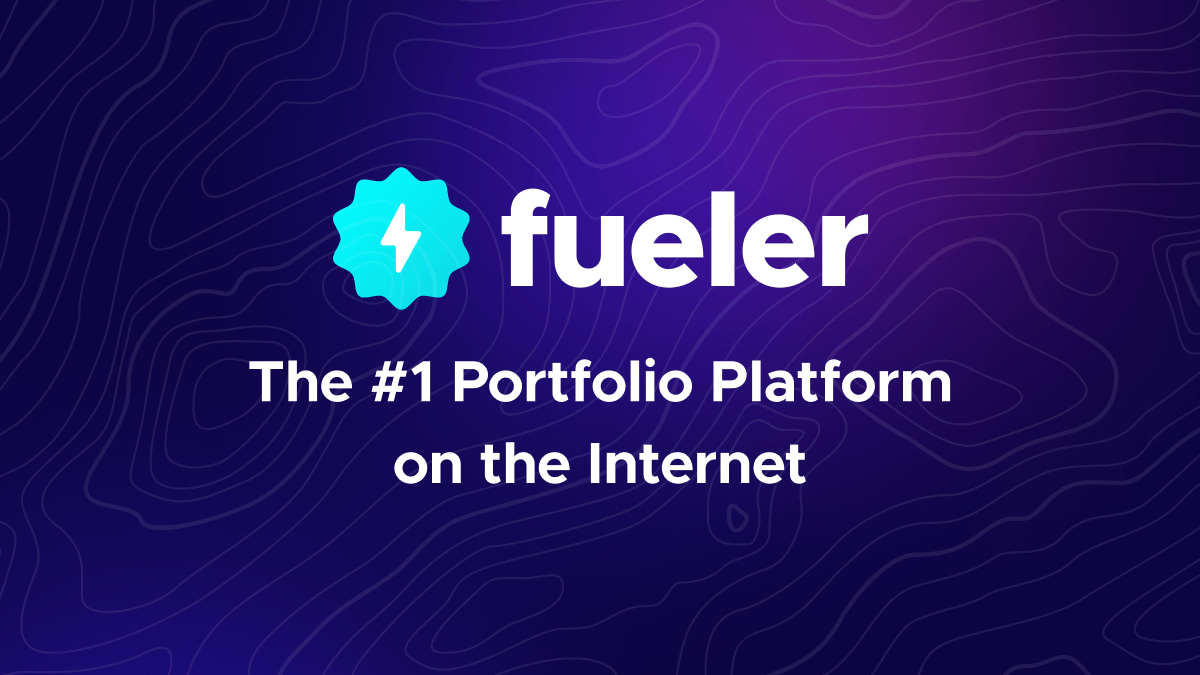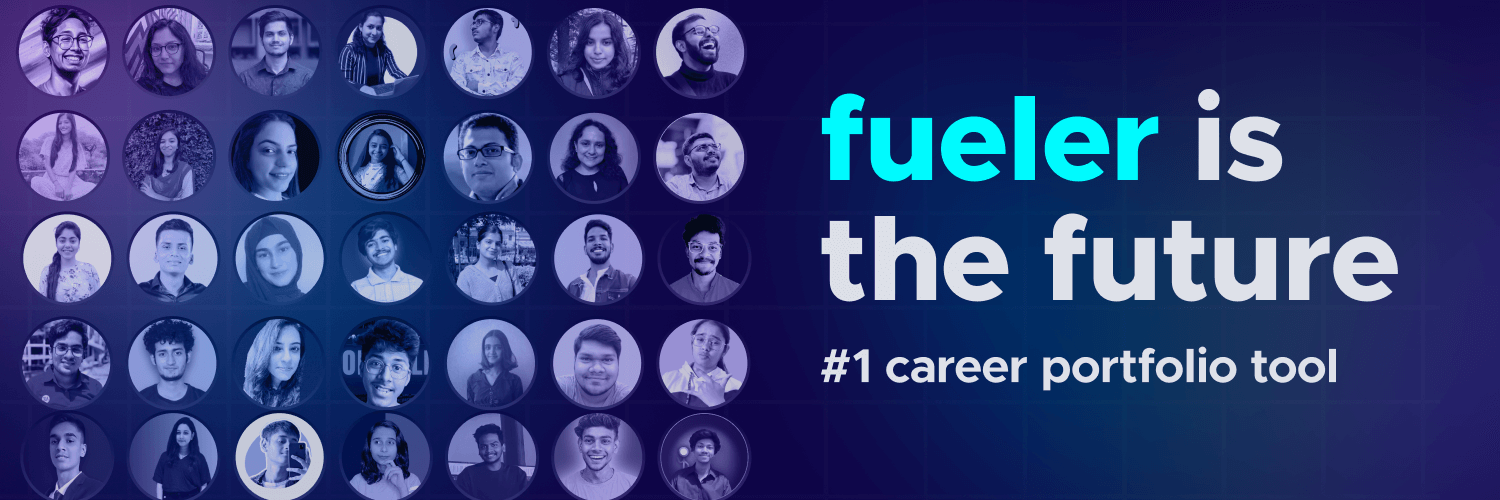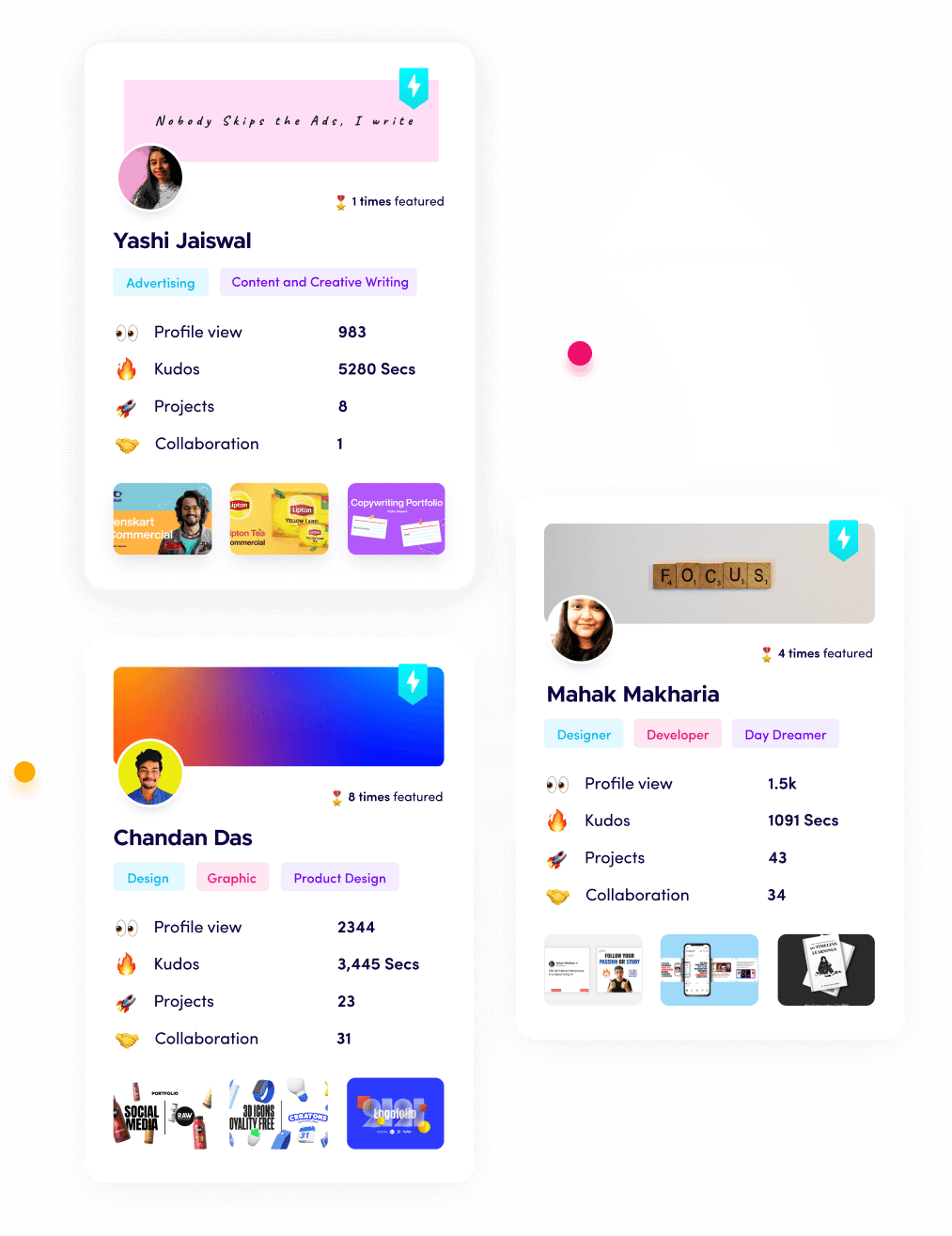Mastering E-commerce: Essential Web Design Principles for 2025

Riten Debnath
03 May, 2025

Hey, I’m Riten, founder of Fueler — a portfolio platform helping companies hire talent through assignments instead of resumes. While working with designers, developers, and product folks, I often get asked about how design impacts conversions in e-commerce. Having studied tons of successful e-commerce brands, I’ve noticed a set of timeless principles that keep showing up. Pair that with the latest design standards of 2025, and you have a strong foundation for a high-converting online store.
In this article, I’ll walk you through the most important e-commerce web design principles. These are the same practices followed by companies like Apple, Glossier, Nike, and Gymshark. Whether you’re building your own D2C brand or redesigning an existing store, these principles will help you build trust, drive more conversions, and create a memorable shopping experience.
1. Prioritize Speed and Performance
In 2025, shoppers expect lightning-fast experiences. Slow websites are still conversion killers.
Key tips:
- Compress all product images (use tools like TinyPNG or modern formats like WebP)
- Use lazy loading for below-the-fold images
- Remove unused JavaScript and CSS
- Use a CDN like Cloudflare
- Use modern frameworks like Next.js or Remix for blazing-fast page loads
Example: Gymshark improved conversion rates by optimizing load time across product pages. They used Next.js and image optimization strategies to get their LCP under 2 seconds.
2. Mobile-First and Responsive Design
More than 70% of e-commerce traffic comes from mobile in 2025. If your site doesn’t look perfect on mobile, you’re losing revenue.
What to do:
- Design mobile-first wireframes
- Use large tap targets (buttons and links)
- Keep forms short and easy to fill
- Optimize checkout for mobile screens
Example: Nike's mobile experience is just as good as its desktop. Their clean navigation, easy filter systems, and smooth checkout help reduce drop-offs.
3. Simple Navigation and Information Architecture
A confused visitor never converts. Clear navigation helps users find products faster and reduces bounce rate.
Best practices:
- Use clear, consistent category labels
- Keep header navigation minimal
- Add breadcrumb navigation
- Use filters and search that actually work
Example: Zara uses a minimalist nav bar with focus on categories like “Women,” “Men,” and “Kids,” making it easy for customers to shop quickly.
4. High-Quality Product Photography
Product photos are your online showroom. People can't touch or try products, so images need to speak for themselves.
Include:
- Multiple angles
- Zoom-in option
- Lifestyle photos
- Videos or 360° views
Example: Glossier uses real-life, authentic photos of their products in action. This helps buyers imagine the product in their own routine.
5. Strong and Clear Call to Actions (CTAs)
CTAs should be clear, visible, and persuasive.
Tips:
- Use action-driven language like “Buy Now” or “Add to Cart”
- Make buttons contrast with the background
- Don’t crowd the CTA with too much text
Example: Amazon’s yellow "Buy Now" and "Add to Cart" buttons are impossible to miss and are consistent across the platform.
6. Trust Signals and Social Proof
E-commerce thrives on trust. Without it, people hesitate to buy.
Add these elements:
- Verified reviews
- Testimonials
- Trust badges (SSL, payment protection, etc.)
- Media mentions
- Influencer or user-generated content
Example: Allbirds features real customer reviews and sustainability certifications to build trust.
7. Fast and Frictionless Checkout
Cart abandonment is still a huge issue. A long or complicated checkout process is one of the top reasons why people drop off.
How to fix it:
- Offer guest checkout
- Keep forms short (name, email, shipping, payment)
- Use autofill where possible
- Add progress indicators
Example: Apple Pay and Google Pay are great for fast checkout on mobile. Brands like Casetify have integrated them to reduce friction.
8. Consistent Branding and Visual Identity
Your design should tell a story. Colors, fonts, icons, and layout should feel unified.
Checklist:
- Define your brand colors and stick to them
- Use 1 or 2 font families
- Keep iconography consistent
- Follow a layout grid for spacing
Example: Apple’s product pages feel like an extension of the brand itself. Clean, minimal, and premium.
9. Smart Search and Filter Systems
As your product catalog grows, search becomes critical.
Make sure:
- The search bar is easy to find
- Results are fast and relevant
- Filters are contextual (by size, price, etc.)
- Users can sort by popularity, reviews, etc.
Example: ASOS has one of the most robust filter systems in fashion e-commerce. You can search by size, fit, color, brand, and even occasion.
10. Personalization and Dynamic Content
Modern e-commerce is about making the experience personal.
Ideas:
- Recommend products based on browsing history
- Use geolocation to show local delivery info
- Show “Recently Viewed” products
Example: Amazon personalizes homepage banners, product listings, and email suggestions based on your previous visits.
11. Accessibility and Inclusivity
In 2025, accessibility is a legal and ethical requirement.
What to include:
- Alt text for all images
- Proper color contrast
- Keyboard navigation support
- ARIA labels for screen readers
Example: Target has made huge improvements in accessibility, leading to better user experience for all shoppers.
12. SEO and Discoverability
Design also impacts how easily people find your store.
Steps to take:
- Use semantic HTML (like
<section>,<article>, etc.) - Optimize page load speed
- Add proper meta titles and descriptions
- Use descriptive alt text for images
- Create content-rich landing pages
Example: Shopify-powered stores like Beardbrand have built a blog and landing pages around keyword-rich content, driving organic traffic.
13. Create an Emotional Connection
Design can spark emotions. The tone, visuals, and copy should connect with your audience on a human level.
How:
- Use storytelling through visuals and text
- Share brand origin and values
- Use friendly, relatable language
Example: Glossier’s product descriptions feel like a friend is talking to you. That voice has helped them build a cult following.
14. Don’t Forget Post-purchase Experience
Good design continues after the sale.
Tips:
- Send clean and informative confirmation emails
- Provide tracking with beautiful UI
- Ask for reviews in a friendly way
- Make it easy to reorder
Example: Chewy sends personalized handwritten cards and thank-you notes with their orders. Their customer loyalty is off the charts.
15. Regularly Test and Improve
No design is perfect. Use data to improve.
Tools to use:
- Hotjar or Microsoft Clarity for heatmaps
- Google Analytics for behavior flow
- A/B testing tools like Optimizely or VWO
Focus on:
- Button placements
- Product page layouts
- Image sizes and formats
Example: Booking.com runs thousands of A/B tests per year, tweaking their design based on user behavior data.
Final Thoughts
E-commerce success is not about having the flashiest design. It’s about making it easy, fast, and trustworthy for customers to buy.
At Fueler, we focus on showing work through portfolios, and I’ve seen firsthand how good design builds trust. The same applies to e-commerce: good design builds belief, and belief drives action.
Stick to the principles above, keep iterating based on user feedback, and focus on delivering real value. That’s the winning formula.
Frequently Asked Questions
1. What is the most important design principle for e-commerce websites?
Speed. If your website loads slowly, you’ll lose customers no matter how pretty it looks.
2. How do I make my online store mobile-friendly?
Use responsive layouts, large buttons, and test everything on mobile screens before publishing.
3. How many product images should I include?
At least 4-5: front, back, zoomed-in, lifestyle shot, and a video if possible.
4. How do I increase trust in my store's design?
Add reviews, secure payment badges, return policies, and clear shipping info.
5. What tools can help me test my e-commerce site design?
Hotjar, Google Analytics, Lighthouse, Microsoft Clarity, and A/B testing platforms like Optimizely.
What is Fueler Portfolio?
Fueler is a career portfolio platform that helps companies find the best talents for their organization based on their proof of work.
You can create your portfolio on Fueler, thousands of freelancers around the world use Fueler to create their professional-looking portfolios and become financially independent. Discover inspiration for your portfolio
Sign up for free on Fueler or get in touch to learn more.


